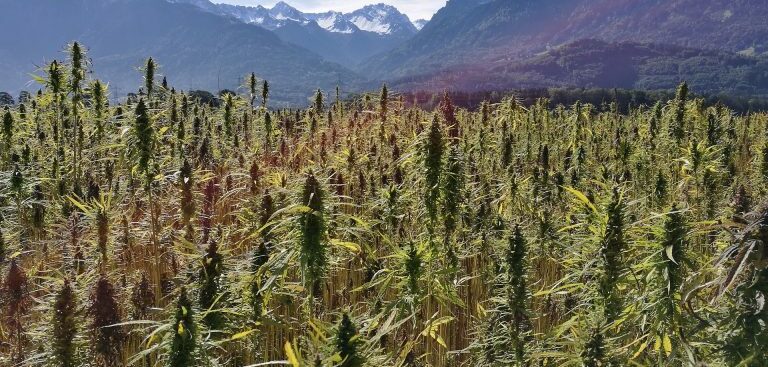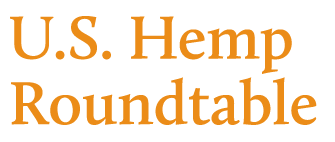Latest
Why Reporting Your Hemp Acreage to the FSA Matters
PanXchange Blog
The first Farm Service Agency, Crop Acreage Report, is released each August and is always a hot topic in the agri-community, especially in hemp as this is the second year of reporting. While markets such as wheat, corn, and soybeans reacted to initial projections and published data in both the cash and futures markets, the hemp industry currently stands at a juncture of wondering how the landscape can change so dramatically on a yearly basis. The initial report of approximately 45,273 planted acres is not only a significant deviation from last year (146,650 acres in the January 2020 report on the 2019/20 crop year) but also a stark realization that the hemp industry probably doesn’t have the whole picture. The PanXchange team covered the Crop Acreage report in this blog post and the August edition of PanXchange™ Hemp: Benchmarks and Analysis. In the monthly report, the team dove deep into available data to illustrate that the total number of reported acres is far lower than industry expectations and appears to be underreported.
Below we highlight some of our conversations with industry professionals who explain the many ways that underreporting hurts the industry as a whole.
Kim Harris is a Senior Policy Analyst at AgriLogic Consulting, the group who constructed the inaugural Federal crop insurance program for the 2018/2019 crop year. According to Kim, “The data that the FSA receives is vital to building market-specific programs. We are in a situation where we cannot reference the past 100 years of production data to determine trends and establish baselines.” For the 2020 crop year, acres reported to FSA for the 2019 crop year determined the initial states where the program would be offered. Ultimately, if a state exceeded 1,000 planted acres during the 2019 crop year, the Hemp APH plan of insurance was offered in select counties for this year’s planting season. For example, neither Washington nor Texas had crop insurance programs for last year and currently sit at 392 and 1,771 acres, respectively. As it stands presently, Texas should qualify for a crop insurance program next year if the same criteria are applied. On the other hand, Washington appears on paper to be far from qualifying despite industry estimates of over 6,700 licensed acres last year. Although the procedure for expanding the program for the 2021 crop year is unknown at this time, if the same methodology applies, Washington could be in jeopardy of not being eligible for the second year – even though it is thought from within the industry that actual production far exceeds the cutoff from last year.
Reporting acres to the FSA also influence a producer’s ability to apply for the crop insurance program. The current crop insurance program clearly states that first-year growers are not eligible for coverage. Eligibility for insurance requires a producer to provide evidence of having produced the crop for at least one year. This is accomplished by providing documentation of a state official compliance test, although it is understood that it is not feasible for every plot of land to be tested in this fashion, or FSA documentation.
As you can see, reporting hemp acreage is vital to all stakeholders in the supply chain beyond the examples listed above that affect farmers directly. The good news is that per our conversations with local FSA officials, the window to report data is still open, although the initial deadline has passed. For those that would like to report data to the FSA, the agency has an extensive network of local offices, and it is recommended that they reach out as soon as possible. Although the final report from the FSA is not distributed until January, and many producers are required to submit data by October 31st, it is best to report acreage within the next 60 days to better determine what state and federal programs will be made available for the following year. As Kim Harris remarked in our conversations, “every vote counts in this situation, even if the data is late. The information is essential for AgriLogic with regards to future expansions of the program.”
In conclusion, while it’s mandated on a federal level per the 2018 farm bill (with some exceptions depending on if a state is operating under a pilot program), reporting planted acreage is a common and valuable practice. It provides for better planning and development of programs such as crop insurance. Collectively, it gives the market a better understanding of supply vis-à-vis demand so that we can all project forward sales, forward procurement, and prices to better manage price risks. It may also provide for state and/or federal aid programs in uncertain times like these.









